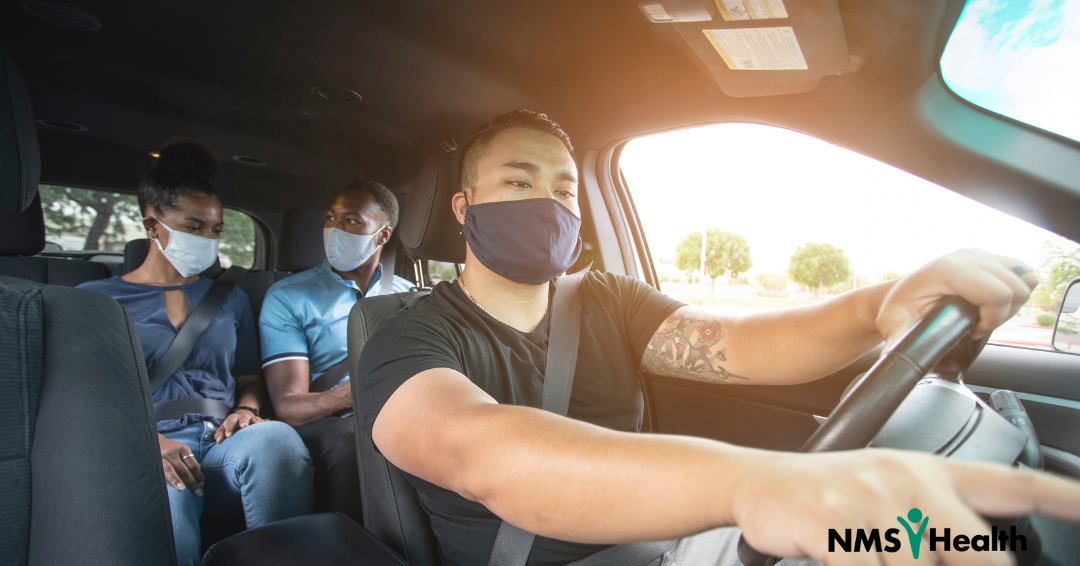In recent years, ride-share services like Uber and Lyft have revolutionized transportation, providing convenience and flexibility for millions of users. However, a recent study from the University of Illinois Chicago (UIC) reveals the significant occupational health and safety concerns for the dedicated drivers who make it all possible. The study, published in the Journal of Safety Research, found that one in three ride-share drivers surveyed had been involved in a crash while on the job.
Despite the rapid growth of the rideshare industry in the United States, researchers have conducted limited studies on the occupational health and safety of rideshare drivers and none specifically on work-related crashes and associated risk factors. This recent research led by Brett Shannon, a doctoral student at UIC’s School of Public Health, is the first to quantify crash frequencies among this workforce. The survey analyzed responses from 277 drivers who self-reported their crash histories and driving behaviors, revealing significant risks faced by these drivers.
Key Risk Factors
The researchers suggest several factors that can significantly increase the likelihood of a crash:
- Cellphone Use: Drivers often rely on their phones for navigation and to accept new ride requests, which can lead to distracted driving.
- Sleep Deprivation and Fatigue: Many drivers work long hours or have irregular schedules, often driving as a second job, which increases the risk of fatigue-related crashes.
- Age: The study found that older drivers are more likely to be involved in crashes. Specifically, the likelihood of a crash increases significantly with age. This may be due to slower reaction times or other age-related factors that affect driving ability.
- Unfamiliar Roads: Navigating unfamiliar areas adds to the cognitive load and stress, heightening the risk of accidents.
- Passenger Behavior: Dealing with unruly or intoxicated passengers adds another layer of stress and distraction. As coauthor Lee Friedman notes, managing disruptive passengers, especially in the confines of their personal vehicles, poses unique challenges that most drivers do not face.
Recommendations for Improving Safety
The study’s authors suggest several strategies to mitigate these risks:
- Higher Wages: By increasing pay rates, drivers could work fewer hours and take regular breaks, reducing fatigue-related crashes.
- Enhanced Support Systems: Providing better support for drivers dealing with difficult passengers can reduce stress and distraction.
- Further Research: Continued research into the physical and psychosocial stressors ride-share drivers face is crucial. The UIC team has already secured grants to conduct more in-depth studies in the U.S. and Australia, and they are analyzing crash data from the Illinois Department of Transportation to identify additional risk factors.
Moving Forward
Improving the working conditions of ride-share drivers is not only crucial for their safety and the safety of their passengers, but it also presents a significant opportunity for positive change. As companies and lawmakers gain more data from studies like these, they can implement changes that will foster a safer, more sustainable working environment. For instance, adjusting fare structures to ensure drivers receive a fairer share could alleviate some economic pressures leading to extended work hours.
Addressing ergonomic issues, shift work, and the lack of managerial support can mitigate the acute stressors drivers face. Ultimately, by addressing these occupational health and safety concerns, the ride-share industry can create a safer and more reliable service for everyone involved. Employers and policymakers must prioritize these findings and work towards creating a supportive framework that protects drivers and enhances the overall ride-share experience.
Ready to elevate your workforce’s health? Partner with NMS Health for your occupational health screenings. With NMS Health, you are not just identifying and preventing future illness; you’re investing in a safer, healthier future for your team. Get started today!


